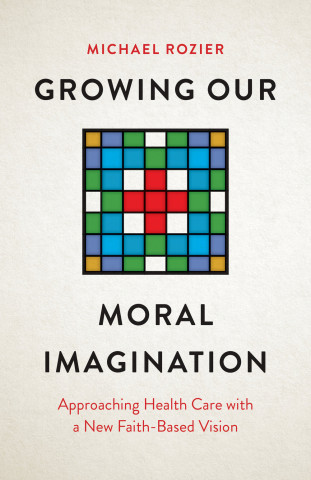
Reviews
Real estate development is routinely disconnected from social and environmental context—the building in one realm, community needs in another. This brilliant book stitches the two together using the principles of epidemiology, with benefits for health, equity, climate resilience, and sustainability. Wonderfully readable, beautifully illustrated—and highly recommended.
The way buildings are built and managed has a direct impact on our health. This helpful book provides a step-by-step guide to ensuring new or renovated buildings respond to community and environmental needs. Full of illustrations and rich explanations, this resource is a must-have for architects, real estate developers, public health leaders, students, and anyone striving to improve the health of people and the planet.
Book Details
List of Figures, Diagrams, Boxes, and Tables
Advice for Using This Book
Online Supplement
Acknowledgments
Introduction
1. An Introduction to Architectural Epidemiology
2. Introduction to Metrics for Built
List of Figures, Diagrams, Boxes, and Tables
Advice for Using This Book
Online Supplement
Acknowledgments
Introduction
1. An Introduction to Architectural Epidemiology
2. Introduction to Metrics for Built Environment Professionals
Architectural Epidemiology Toolbox
3. Architectural Epidemiology at Each Phase of the Project Delivery Process
4. Applying Architectural Epidemiology to Different Contract and Financing Structures
5. Looking Ahead to the Future of Architectural Epidemiology
Glossary
Index







